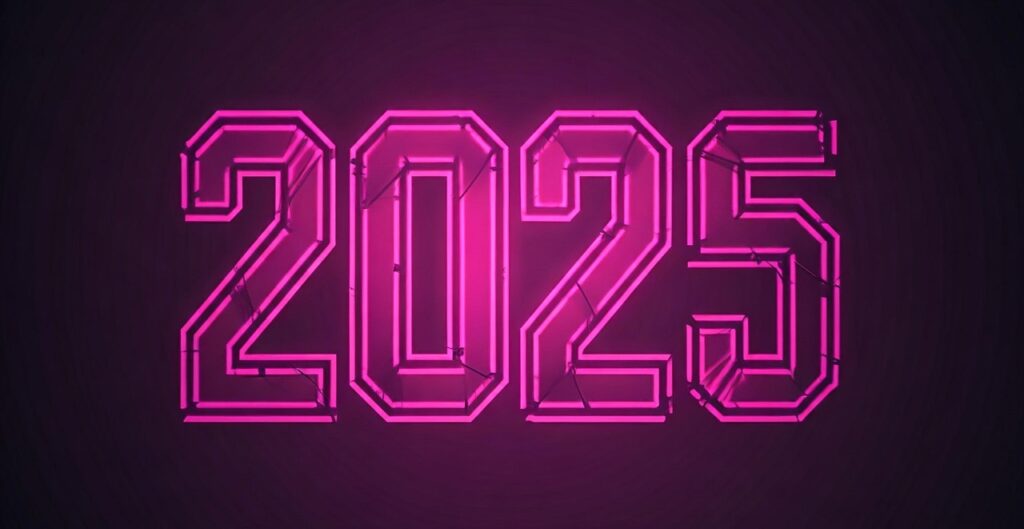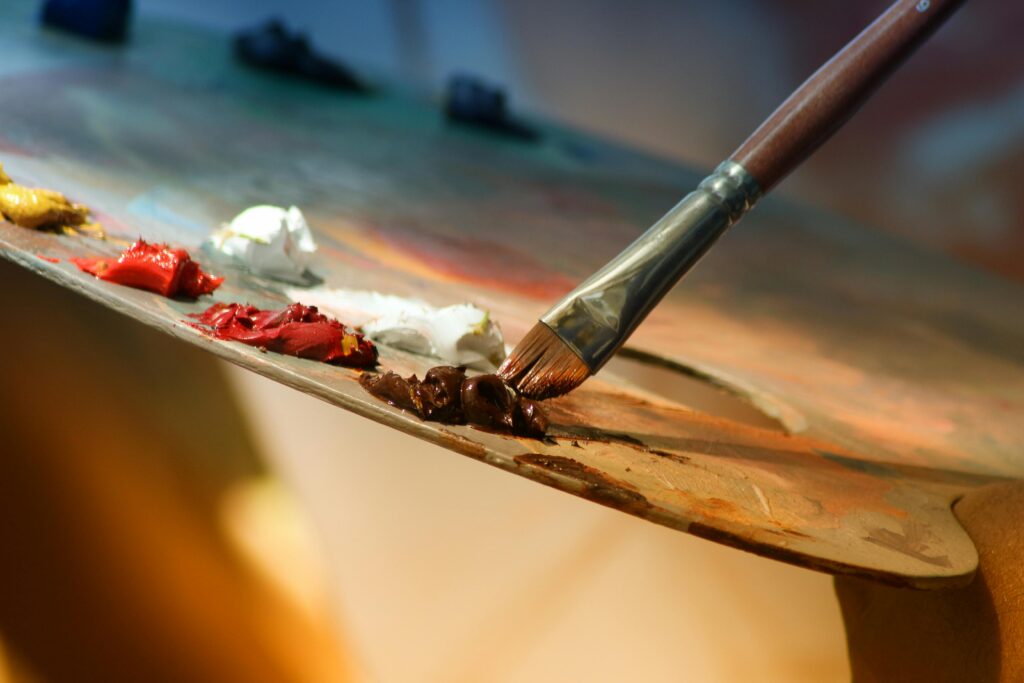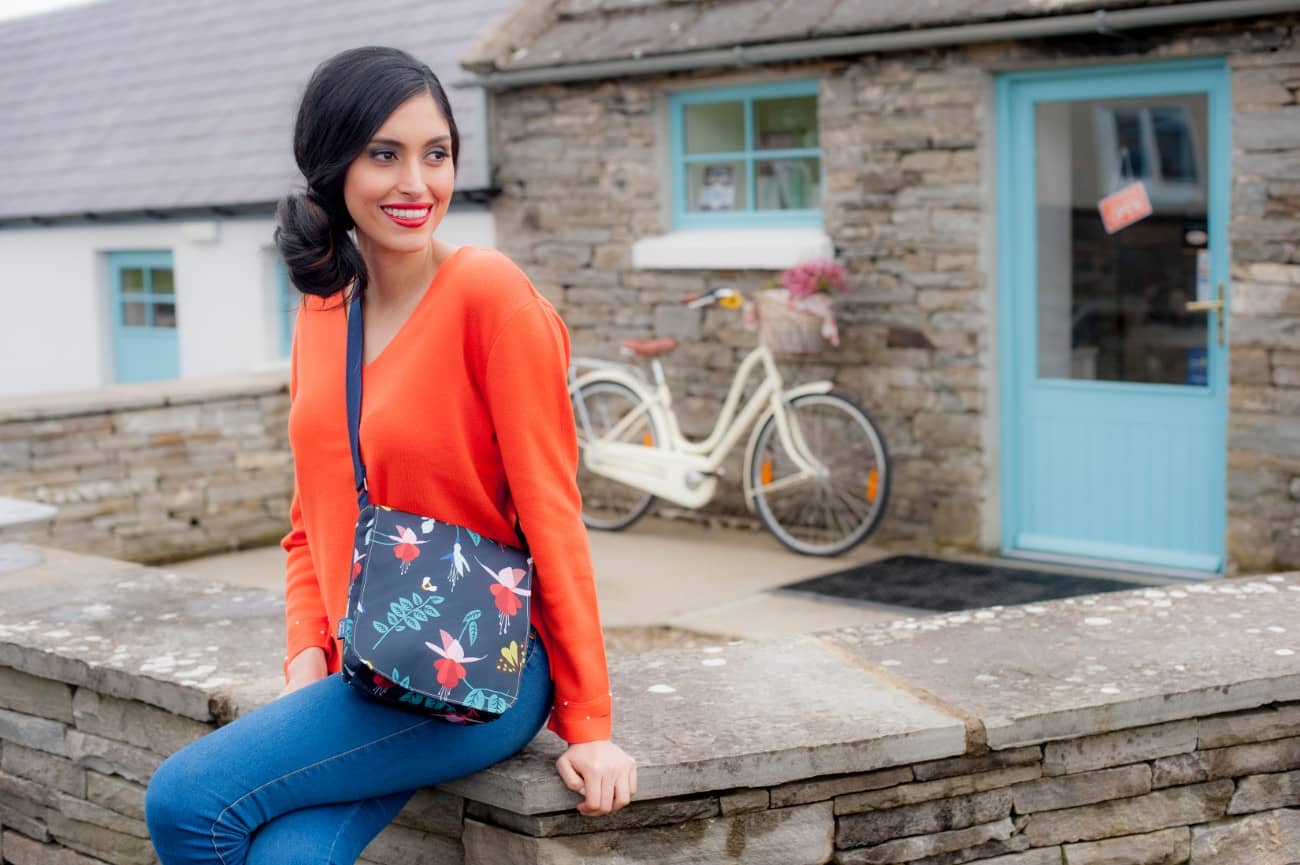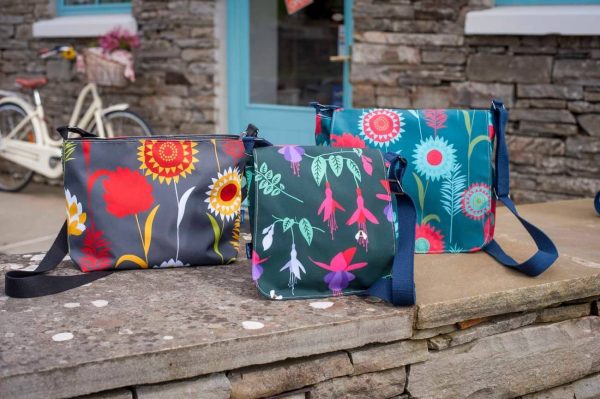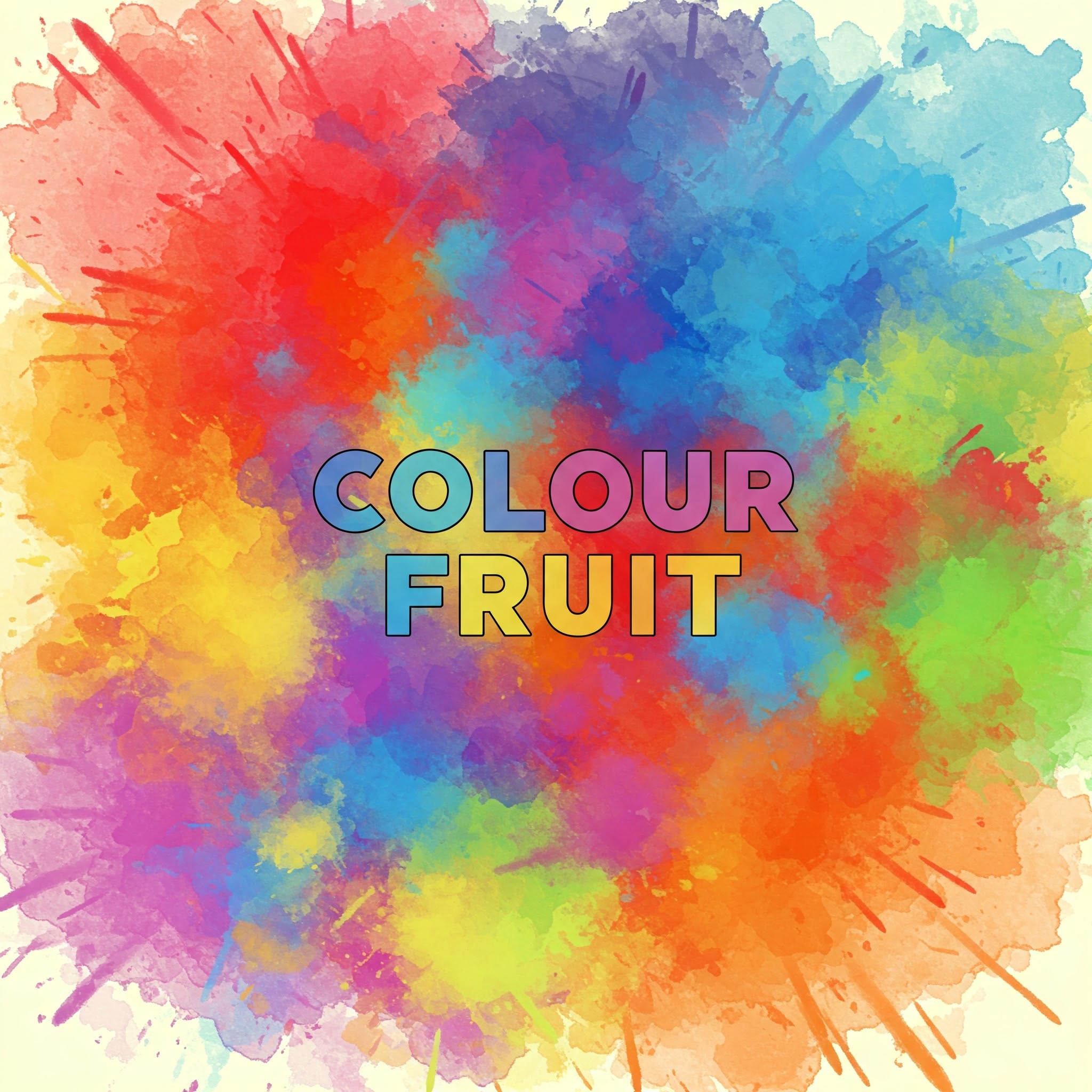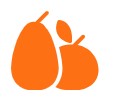The flooring in a room is more than just a surface to walk on; it’s a foundational element that significantly impacts the room’s overall energy. This “energy” encompasses not only the literal thermal efficiency but also the more subtle psychological and visual atmosphere. By carefully considering the type, colour, and style of floor, one can dramatically alter how a room feels and functions.
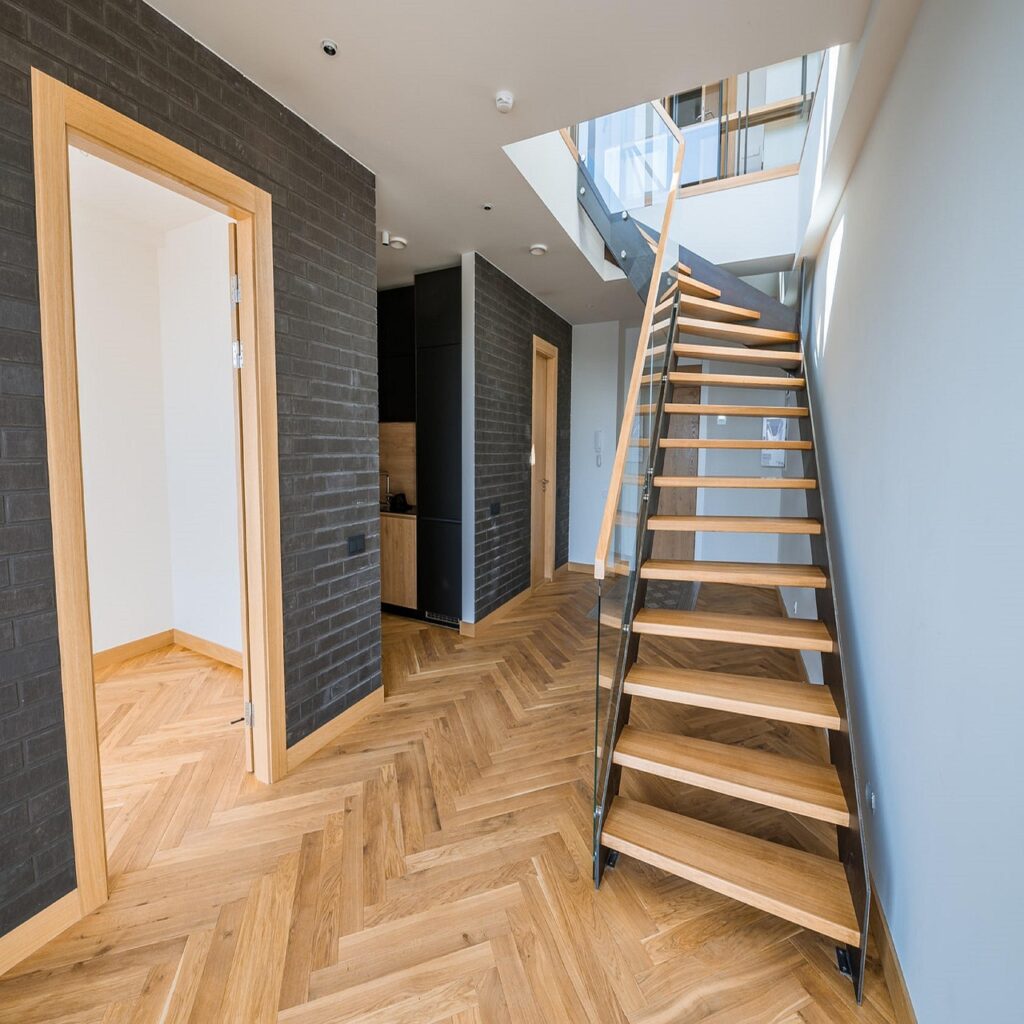
Thermal Energy and Flooring Materials
From a thermal perspective, different flooring materials possess varying R-values, which measure their resistance to heat flow. Carpet, with its fibrous structure, generally boasts a higher R-value compared to hard surfaces like tile or stone. This means carpet acts as a better insulator, helping to retain heat within a room during colder months, potentially reducing heating costs and contributing to a warmer, cosier feel. Conversely, tile and stone have lower R-values and can feel significantly cooler underfoot, particularly in the absence of underfloor heating. While this can be advantageous in hot climates, offering a refreshing coolness, it can make a room feel less inviting in colder environments.
The thickness and density of flooring also play a role in thermal energy. Thicker materials, regardless of type, tend to offer more insulation. For instance, a thick, plush carpet will provide more warmth than a thin, low-pile one. Similarly, denser hardwood or luxury vinyl planks can retain heat better than thinner alternatives. Installing an insulated underlayment beneath hard flooring options like laminate or engineered wood can further enhance their thermal properties, mitigating the cold feel and improving overall energy efficiency.
Visual and Psychological Energy: The Impact of Colour
Beyond the literal warmth, the visual and psychological energy of a room is profoundly influenced by flooring choices. Colour psychology plays a crucial role here. Lighter coloured flooring, such as creams, whites, and pale woods or tiles, tends to create a sense of spaciousness, airiness, and brightness. These colours reflect more natural and artificial light, making a room feel more open and energetic. In contrast, darker flooring options like deep browns, greys, or black can evoke feelings of cosiness, sophistication, and intimacy. They absorb more light, which can make a large room feel more grounded and a smaller room feel more enclosed.
Style and Finish: Shaping the Room’s Ambiance
The style and finish of the flooring also contribute to the room’s energy. High-gloss finishes, common in polished hardwood, tile, or even some laminates, are highly reflective. This can amplify the light in a room, creating a vibrant and dynamic atmosphere. However, excessive reflection can also be overwhelming or show imperfections more readily. Matte or textured finishes, on the other hand, offer a more subdued and natural look, often contributing to a calmer and more relaxed ambiance. For example, a rustic, wide-plank wood floor with a matte finish can bring a sense of warmth and organic energy to a space.
Patterned floors, whether in the form of intricate tile designs, parquet wood, or patterned carpets, can inject a sense of visual excitement and personality into a room. The scale and complexity of the pattern will influence the overall energy – bold, large-scale patterns can feel dynamic and energetic, while smaller, more subtle patterns can add interest without overwhelming the space. The direction of the flooring installation, such as laying planks lengthwise to elongate a room, is another stylistic choice that subtly affects the perceived energy and flow.
Conclusion: A Holistic Approach to Flooring
In conclusion, the choice of flooring is a critical design decision that extends far beyond aesthetics. Different flooring types impact a room’s thermal energy through their insulation properties. Colours and finishes influence the visual and psychological energy, affecting the perceived spaciousness, light, and mood. By thoughtfully considering these factors, homeowners and designers can select flooring that not only complements the room’s style but also actively contributes to its desired energy and overall comfort.

